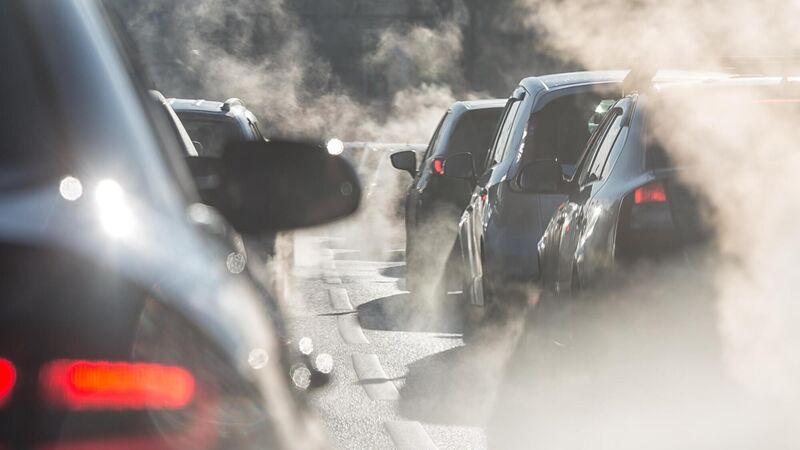Irish air quality falls below WHO guidelines for pollutants

Traffic-related NO2 and home-heated fine particulate matter remain the main threats to good air quality, said the EPA.
CLIMATE & SUSTAINABILITY HUB
- Local authorities must provide more resources to increase air enforcement activities and implement the new solid fuel regulations;
- Dublin local authorities must fully implement the Dublin Region Air Quality Plan 2021 in order to improve NO2 levels;
- Investment in clean public transport infrastructure across the country must be maintained and increased;
- More safe footpaths and cycle lanes must be created to continue to increase active travel as a viable and safe alternative to car use and associated NO2 emissions.













